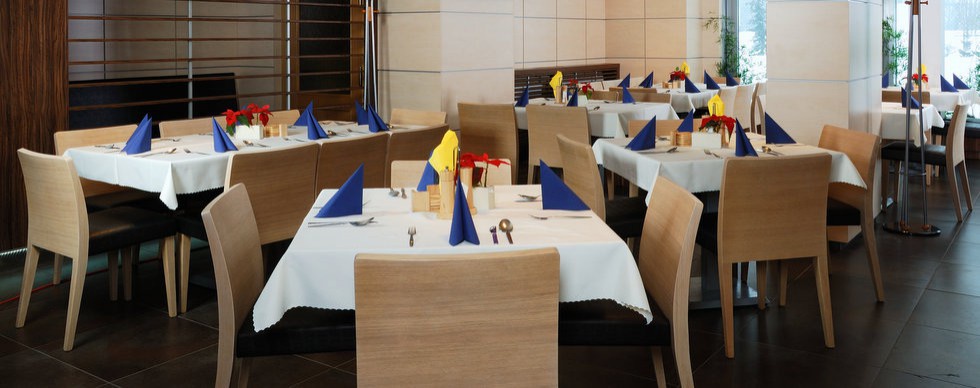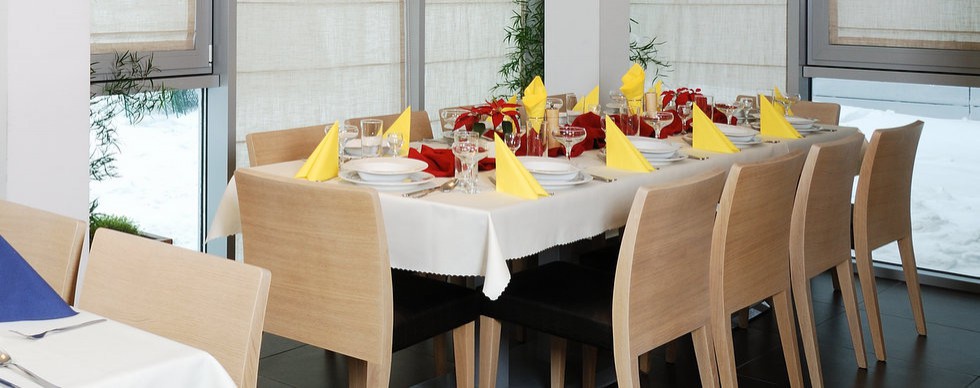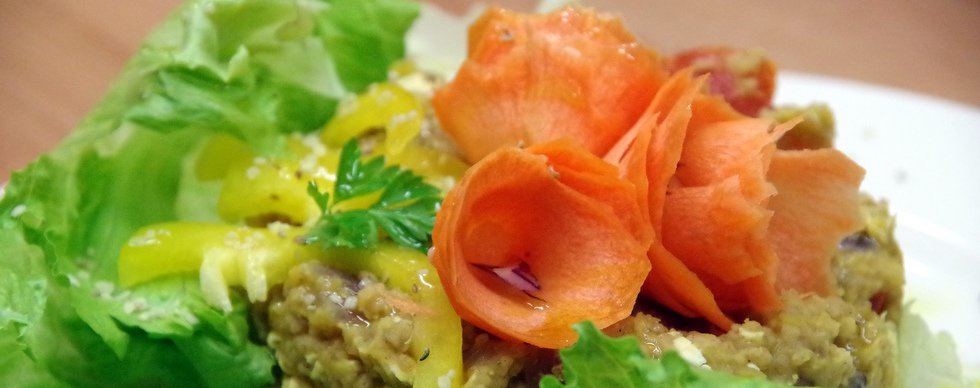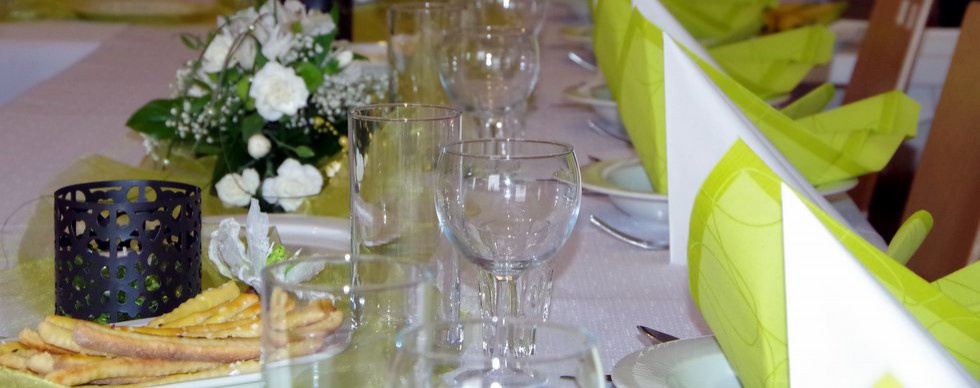Table tennis
Table tennis
During summer season – from 20th April to 30th September – 4 professional Stiga tables are available in the tennis hall.
Table tennis also called ping-pong (according to its sound) is a non-contact sport played with a ball and a racket. Unlike similar sports like tennis, badminton or squash, table tennis takes place on a hard table divided by a net.
It is played either with two players – this game is called singles – or with two pairs – called doubles.
Equipment
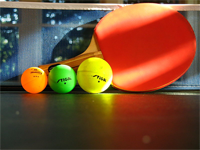
The basic equipment is a racket, a ball and a table.
Ball
The ball is 40 mm in diameter, it is hollow with a thin wall of plastic material. The even shape together with the wall´s width rebounds independently of which part touches the racket or the table.
Racket
The racket consists of two parts: the handle and the blade (the striking part). In the past only wooden rackets were used, nowadays they are made up of several layers mainly wooden. Other materials such as carbon fibre can also be included. The shape of the blade is usually an oval with diameter of 20 cm and depends on the grip which can be either penhold (used mainly by Asian players) or western.
The surface of the racket is usually covered with rubber (or rubber-plastics). There is a list of the certified surfaces authorised by the ITTF, which is published twice a year. The sides of the rackets must be in different colours – one side must be red while the other side must be black (the reason is to see clearly what side of the racket was used to hit the ball).
Table
For professional matches a table of authorised dimensions is used. (see Picture). The upper part, known as the playing surface is rectangular and its width yields a uniform bounce of 23 cm when a standard ball is dropped on to it from a height of 30 cm.
Table Tennis Specification
Table tennis belongs to the fastest sports. It is played all over the world at both professional and amateur levels. This complex sport demands not only physical skills and strike technique, but also the player´s mental strength, concentration ability and tactics. At competitive level table tennis represents very physical and mental strenuous sport. On the other side at lower recreational level it can be performed without big physical demand. Competition experience, better tactics, strike techniques and mental balance can compensate for reducing physical performance, strength and speed. There is a great variety of strikes and technical subtleties based on the ball spin. This ability to predict and use the ball spin requires a long-term training which can´t be substituted for the sheer physical power. That is the reason why table tennis can be performed at excellent level for a long time apart from other kinds of sports. It is common to have a fair number of players at the age of about 35 in the first hundred players of ITTF list. At clubs level players over 50 are not any exceptions.At last we can confirm the fact the players usually never finish – at regional level – you can even meet players over 70. This fact makes table tennis a lifelong sport, which is popular worldwide.
Rules
This article presents only basic rules and news of the year 2000, which might cause some problems with recreational players. In this outline the doubles rules aren´t mentioned.
1. Hitting the ball
- Any hitting of the ball is done by any part of the racket. The player´s hand, above the wrist up to the elbow holding the racket is considered a part of the racket.
- The ball must be struck so that it bounces once on the opponent´s half. Before it must not touch (except service) any other subject except the net. Even touching the net construction is allowed as well as the upper edge of the table, not the side or bottom parts.
- It is legal if the ball is struck such that it goes around the net, but still lands on the opponent´s side of the table.
2. Service
- The server must strike the ball such that it bounces once on his or her half of the table, and then bounces at least once on the opponent´s half.
- If the ball touches the net, the service is repeated.
- At service the opponent must have a clear view of the ball at all times.
- The server must toss the ball from the palm higher than the surface of the table behind the table endline; the ball is tossed upward at least 16 cm high.
3. Winning a point
The player gains a point in the following cases:
- the opponent stroke the ball in an incorrect way
- the player hit the ball correctly but it touched anything other than the racket
- the opponent touched the playing surface with any body part (except the racket)
- the opponent didn´t allow the ball to bounce on his or her side and touched the ball first
4. Scoring and service alternation
- A match consists of games and finishes at the moment when one of the pair wins pre-established number of games (usually from 2 to 4).
- A game of table tennis is played up to 11 points and is won by the first player to gain a two point lead. When both players score 10 points, the winner then is the first person to gain a two point advantage.
- Service alternates between opponents every two points. At 10:10 the service alternates after each point.
- In the first game service is decided by lot. In the next game the opponent serves.
5. Side alternation
- At the beginning of each game the players change sides of the table.
- In the fifth or seventh game „for the match“ players switch sides when the first player scores 5 points.

